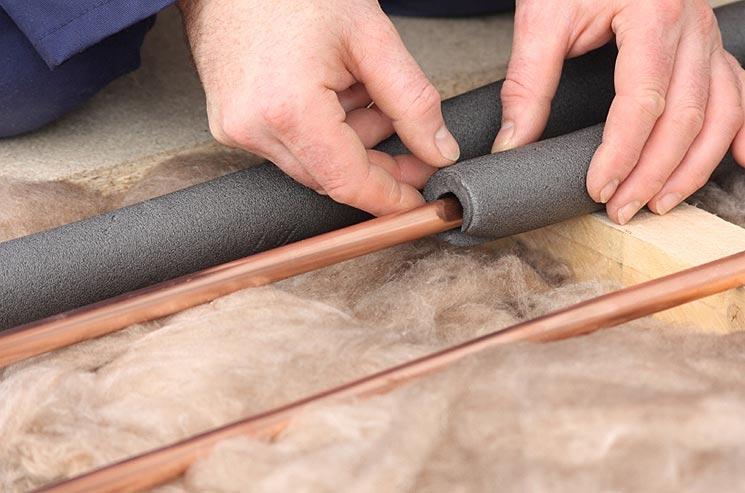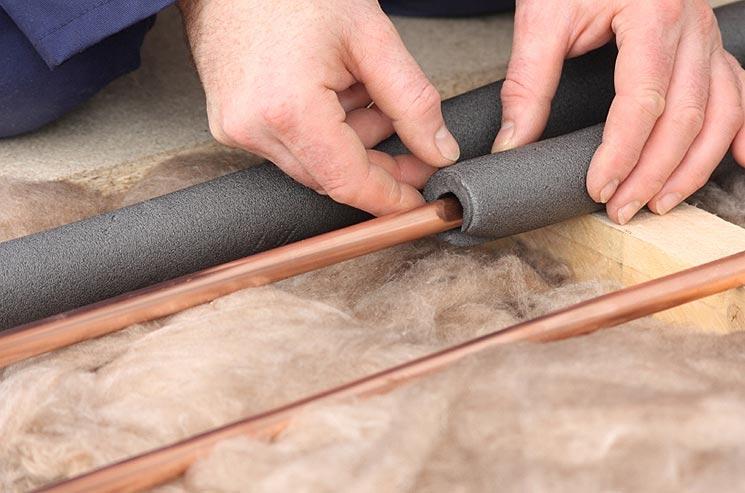
Hidden heat sources in the home contribute to uncomfortably hot living spaces, as well as unnecessarily high energy bills, throughout the summer. In this series, we'll identify some common sources of heat that are driving up your electric bills, and give you simple solutions to solve them.
The first hidden heat source is uninsulated hot water pipes, commonly found in a basement. The uninsulated water pipes in the photo below may look innocent enough, but if you look at the infrared image of the water pipes you can see that they're dumping heat into the home, contributing to high energy bills and an uncomfortable house!


In the summer, you're paying to cool air that's been heated up by these exposed pipes, while also paying to heat the water that's being cooled off by the cold air its exposed to! It's like making a fire in the middle of July because your AC is cranked up too high!

Insulating exposed pipes is a simple, do it yourself fix. The Department of Energy has a number of great guides for DIY projects like this one. They offer that this project, which costs just $10-15, can save you up to $8-10 per year. That's a return on investment of under two years, amazing for a DIY project!
If you are like most homes and have a gas water heater, your best bet is fiberglass pipe wrap for sections of pipe near the flue. For electric heaters and other areas of a gas water heater not near the flue, polyurethane or neoprene foam insulation work well too.
First, determine the size of your water pipes and the total length of exposed pipe you'll need to insulate. Once you've measured the area, you can purchase the insulation online or at your local hardware store. Finally, simply snap the pipe wrap on to your exposed pipes (be careful, the pipes may be hot). It's that simple!
For more energy saving tips check out the rest of our blog, and be sure to read Part 2 here




